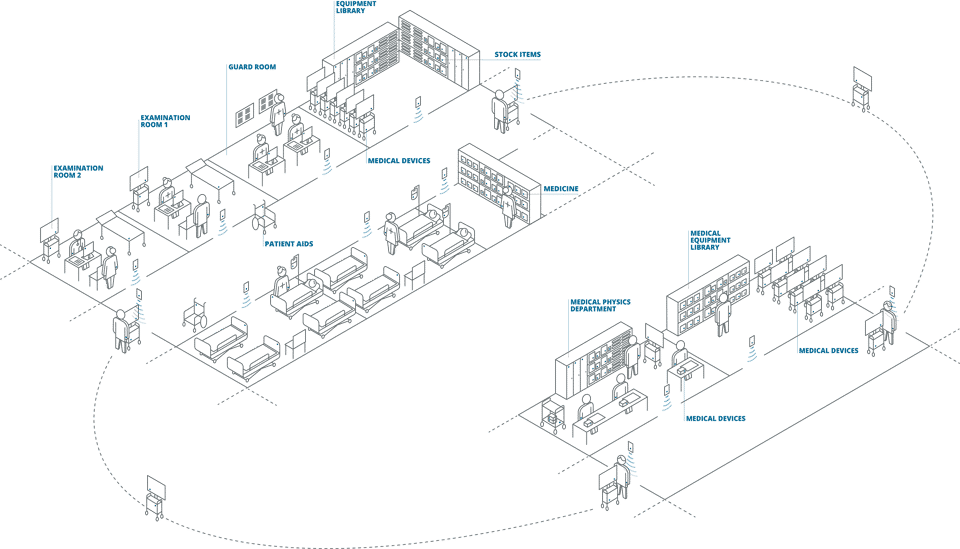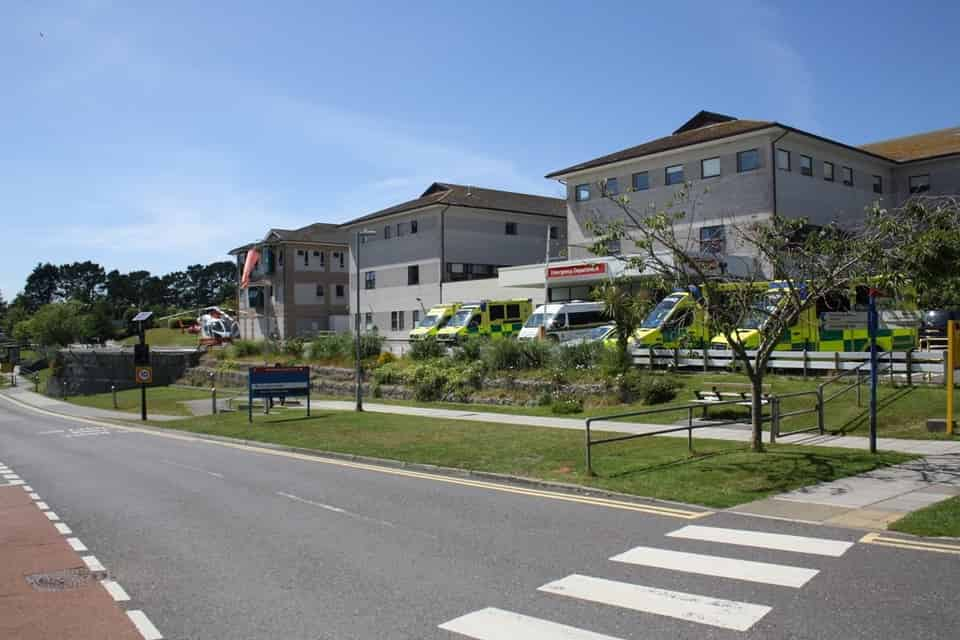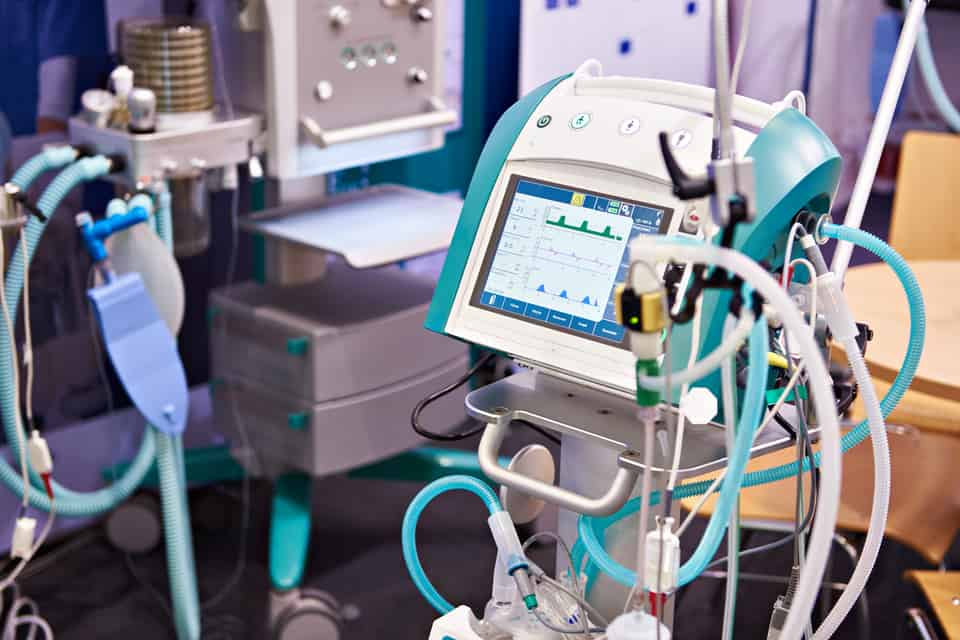Why is medical devices tracking in hospitals important?
Hospitals are hugely busy places with many moving parts. To be able to function efficiently, it’s imperative that hospitals and healthcare environments understand exactly what medical devices they have in their inventory and where they can find them. Mobile medical devices form a large part of this; however, by their very non-static nature, this means they are easy to misplace or lose.
Medical device is a broad description for an instrument, apparatus, appliance or machine used for medical purposes. In the context of tracking mobile medical devices in hospitals, we should break down the term into categories of risk.
Low risk devices are categorized as Class I. This includes equipment such as nonelectric wheelchairs, bandages and some handheld surgical instruments. These are items with low to moderate risk to patient health and safety. They normally require minimal or less regular maintenance compared to medium or high risk equipment.
Medium and high risk devices are categorized as Class II and III (10% of all medical devices fall into the latter). These are devices that sustain or support life, are implanted, or present potential unreasonable risk of illness or injury if faulty or not maintained, including ventilators, defibrillators and syringe drivers. Due to the level of risk, Class II and III devices require regular planned preventative maintenance (PPM) to ensure they are in full working order and safe to use.
Medical devices tracking using RFID technology is important for all three classes of devices to provide visibility and access to the required equipment for the delivery of patient care. However, in regard to patient safety, the tracking of Class II and III devices is critical as patient safety could be jeopardized if the equipment is not locatable either for use or maintenance.
At Lyngsoe Systems, we have developed a GS1 approved medical devices tracking solution, Lyngsoe X-Tracking™. Using RFID technology to track equipment, X-Tracking™ captures real-time data on the location of all registered medical devices. This provides the visibility needed to easily locate assets and ensure servicing and maintenance is carried out efficiently, minimizing the risk to patient safety.

How medical devices tracking benefits hospitals and patients:
Benefits for hospitals
- Provides real-time visibility of medical devices
- Enables efficient maintenance of medium and high risk assets
- Saves time locating medical equipment
- Reduces patient risk
- Supports accurate auditing of hospital equipment
- Improves efficiencies in procurement
Benefits for patients
- Improves patient care
- Improves patient safety
- Improves the patient experience
- Reduces wait times
Leading the Way in Medical Devices Tracking
Royal Cornwall NHS Trust recognized that they needed to improve their ability to service high risk medical devices. With sight of only 8,000 out of over 20,000 mobile medical devices, the clinical engineering department spent large amounts of time searching for equipment that required regular maintenance.
Read how the Trust discovered over 24,000 mobile medical devices in their inventory and subsequently increased their medical device serviceability using X-Tracking™.

Start keeping track of your medical devices!
Reach out to our team of experts now.

Explore other use cases for X-Tracking™